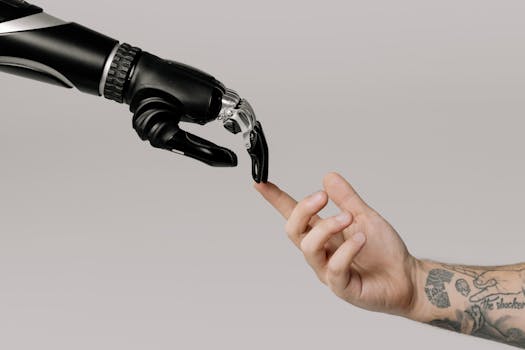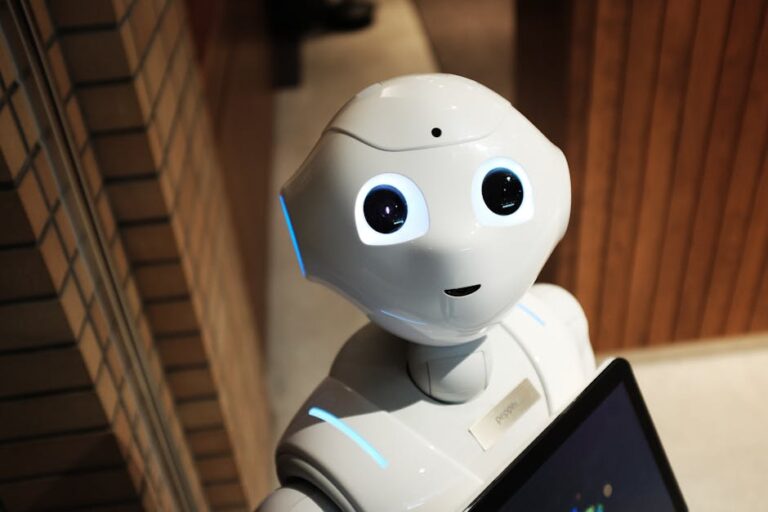3 Ways Content Creators Use AI at Work Are you leveraging ChatGPT in your daily workflows? If not, you’re missing out on a game-changing tool that’s revolutionizing the way we create content and streamline workflow. AI is becoming an integral part of our creative process. For those of us whose jobs involve writing articles, creating content, presentations, videos, creative and web development projects, the use of generative AI is reshaping our approach to work. Just as we would with any new colleague or any tech tools, our goal is to invest some time establish constructive relationships with these tools and find ways to collaborate effectively. Here are 3 real-world examples we’ve been experimenting with AI integration: 1. AI-Driven Content Creation and Social Media Scheduling: We leverage AI-powered tools such as ChatGPT, Notion AI, Canva, and Buffer to streamline the process of generating content ideas, post titles, descriptions and hashtags, scheduling social media posts. We ask ChatGPT to brainstorming creative content ideas by providing intelligent suggestions based on our input and industry trends. Then we use Canva‘s AI-powered design features to create visually captivating graphics and multimedia content (with modifications of real human touch:) and aesthetics.) Once content ideas are finalized, we use Buffer‘s AI-driven scheduling capabilities to strategically plan and automate social media posts, ensuring consistent and optimized engagement with the audience. 2. AI-Enhanced Social Media Campaigns We utilize Instagram Insights, Facebook Insights, and Google Analytics to delve deeper into the performance metrics of our Instagram posts. These tools offer detailed insights into engagement metrics, audience demographics, and content performance, enabling us to pinpoint which posts resonate most with our target audience. Subsequently, we employ ChatGPT, Canva, and Stable Cascade to craft meaningful messaging and images that align with our branding and foster stronger connections with our audience. 3. AI-Enhanced Workflow Template Creation: We rely on ChatGPT once more to streamline our template creation process, tailoring templates to specific tasks like website development, user manual creation, and technical documentation. With its AI-driven capabilities, ChatGPT assists us in generating templates that meet our project requirements accurately. The best thing about these AI-driven templates streamlines the initial stages of my workflow, providing a solid foundation for further customization and refinement, enabling us to focus on adding value to our projects rather than starting from scratch. After generating the initial template, we seamlessly transfer it to Notion, where we meticulously refine the content, instructions, and readability. This ensures that our templates are finely tuned to meet the needs of our projects, maximizing their effectiveness and usability. AI is revolutionizing how we approach our work. By embracing these tools and establishing constructive relationships with them, we are unlocking new levels of efficiency, creativity, and productivity. As we continue to explore the possibilities of AI integration, we are excited to see how it will further enhance our ability to innovate, collaborate, and deliver impactful results in our respective fields. So how have you been using AI to improve your workflow, collaboration and productivity? Let us know in the comment section below. AI Tools We Use and Mentioned in this Blog:







